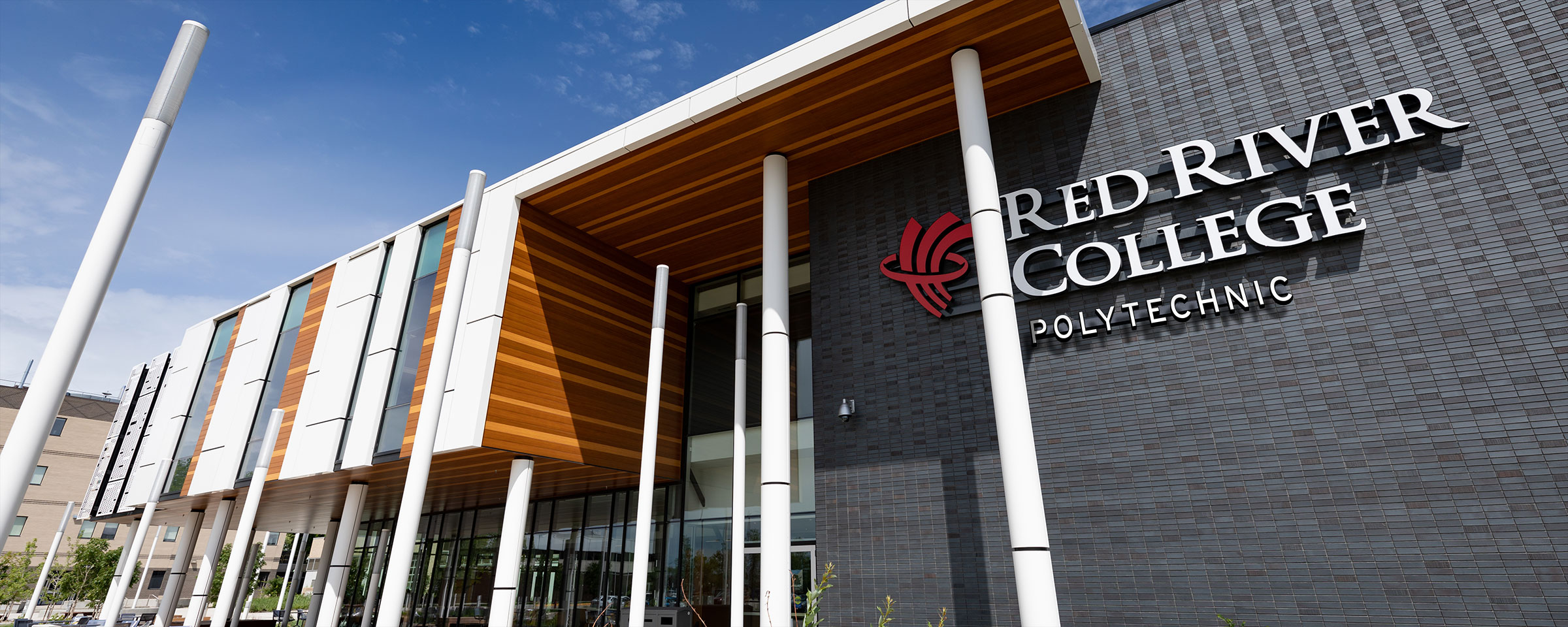Red River College granted national funds to establish technology access centre for Manitoba’s construction sector
Red River College (RRC) has been awarded $1.75 million over 5 years from the Natural Sciences and Engineering Research Council of Canada (NSERC) to establish the Centre for Building Envelope Performance (CBEP) at their Notre Dame Campus in Winnipeg.
CBEP is expected to significantly increase access to the College’s facilities, equipment, and expertise for Manitoba’s building industry, especially small- and medium-sized enterprises whose products and services directly impact a building’s envelope.
The envelope can significantly impact a building’s overall construction and maintenance costs, durability, appearance, occupant comfort and health, and energy performance.
“This grant will provide a meaningful enhancement to our ability to serve Manitoba’s construction sector with advanced graduates and professional training, as well as fostering innovation in a critical component of building design and construction,” said David Rew, Interim President and CEO of Red River College.
Increased building complexity, new standards and code requirements, and increased pressure to reduce energy use are just a few of the challenges faced by Manitoba’s construction sector.
“Our partners are absolutely thrilled with the news,” said Rob Spewak, who is transitioning from senior research manager to take on management of the new Centre. “The industry is facing a seemingly perfect storm of challenges, and it consists almost entirely of small businesses which generally lack comprehensive resources to do research, testing, and training in-house.”
Another significant driver for the Centre’s establishment is Manitoba’s extreme temperatures – especially its harsh winter weather; it has historically presented major challenges that have led to several notable – and costly – building failures.
“As a result, building envelope training and research was identified as the most important issue faced by our stakeholders, who along with Manitoba’s construction industry, include the Province of Manitoba and Manitoba Hydro,” said Spewak.
Manitoba Hydro is a leading industry proponent of the CBEP; its Power Smart conservation programs are currently targeting energy efficiency improvements in over 35,000 commercial enterprises in Manitoba.
“The knowledge gained from the work of the CBEP will have broad application to all sectors, including the building envelopes of residential, commercial and industrial facilities across Manitoba,” said Dale Friesen, Division Manager, Industrial and Commercial Solutions with Manitoba Hydro.
CBEP will be operated under Red River College’s School of Construction and Engineering Technologies, and will leverage the Centre for Applied Research in Sustainable Infrastructure as well as a previous $2.3-million 5-year grant to conduct applied research on improving the energy performance of commercial buildings.
Red River College is now the only college in Canada to operate two NSERC-funded technology access centres. The first of which is the Technology Access Centre for Aerospace and Manufacturing, which was established in 2012 and has yielded many benefits to the aerospace industry.
“With the addition of this second Technology Access Centre, Red River College is able to better meet the innovation, specialized service, and training needs of both the manufacturing and construction sectors – serving 17 percent of Manitoba’s GDP,” said Ray Hoemsen, director of Applied Research & Commercialization at the College.
The Honourable Minister of State (Science and Technology), Ed Holder made the funding announcement today at Hamilton Ontario’s Mohawk College as part of over $40 million in grants to colleges across Canada.
“Our government’s providing record investments necessary to push the boundaries of knowledge, create jobs, and improve the quality of life of Canadians. Our government is committed to creating the conditions that will allow entrepreneurship to thrive in this country,” said Holder. “The collaboration between colleges and local industrial partners generates new products and ideas, creating long-term prosperity for the benefit of all Canadians.”
